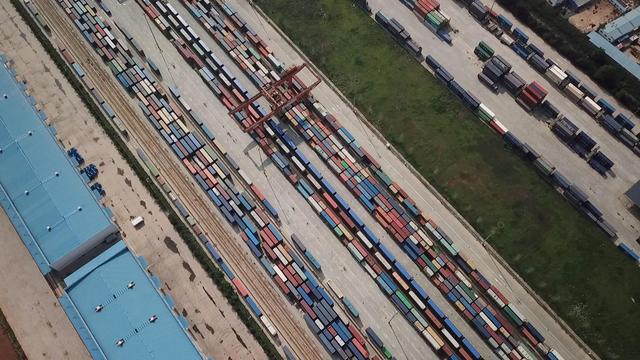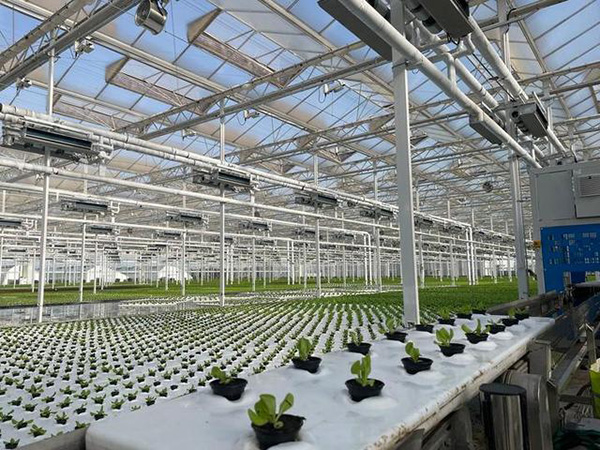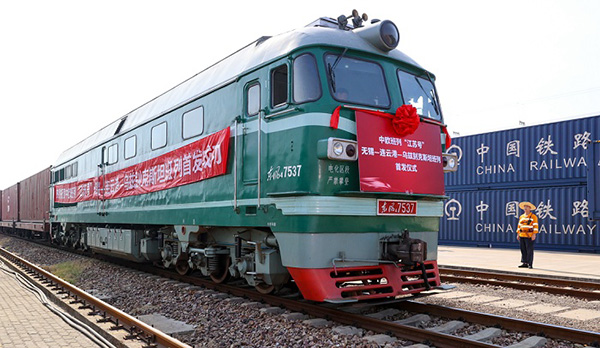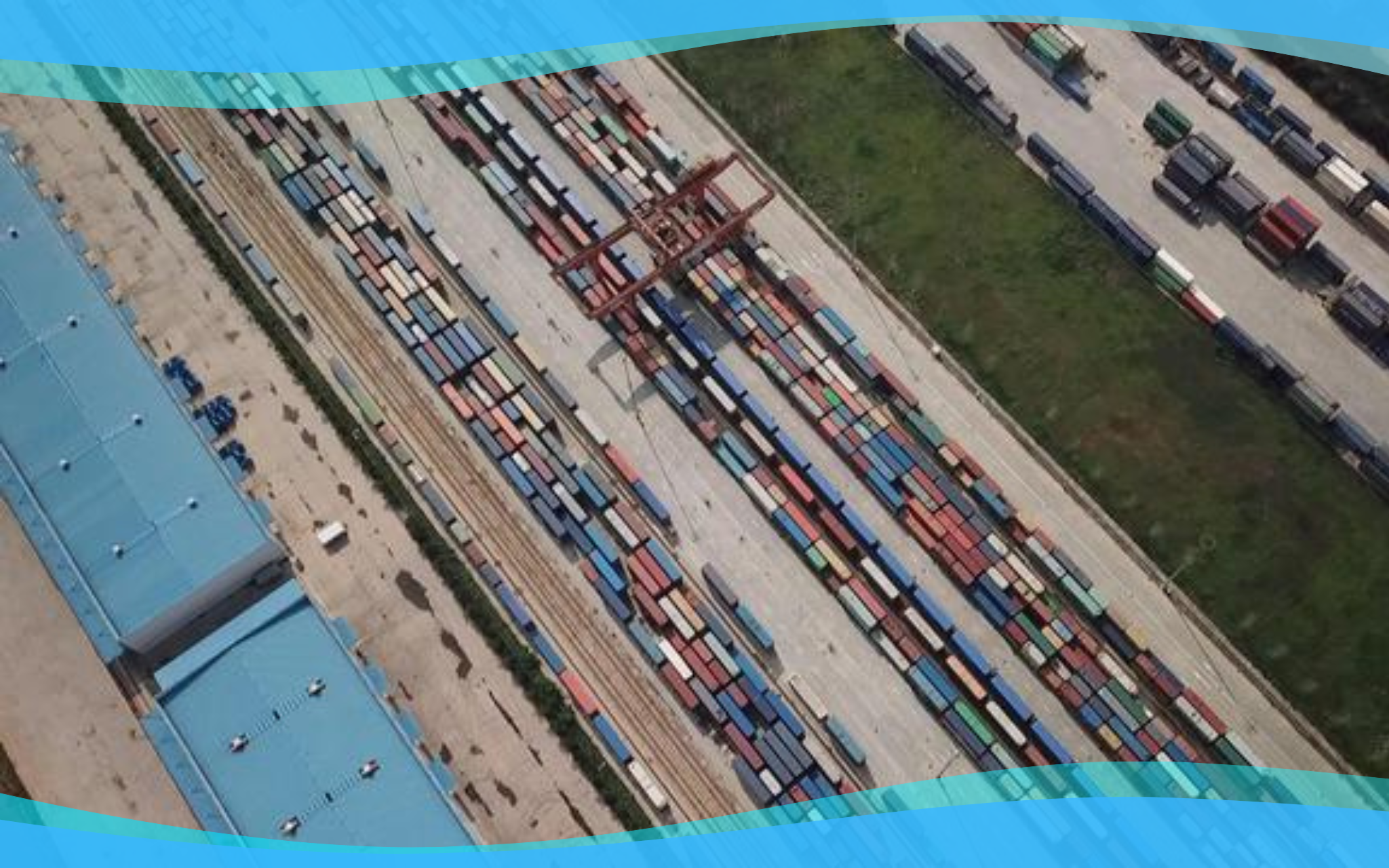Rashid Alimov
On September 15-16, 2022, Samarkand (Republic of Uzbekistan), one of the oldest cities in the world, will host a summit of the Shanghai Cooperation Organization. Preparations for it reached the finish line. The checking of watches went through all the mechanisms of cooperation. Over 80 events were held under Uzbekistan’s chairmanship, within which an in-depth exchange of views took place between representatives of eight SCO member states, dedicated to the search for collective answers to the most acute regional and global challenges and threats.
The Samarkand SCO summit will take place against tectonic shifts in a rapidly changing world. Global changes have affected almost all aspects of international relations. But, first of all, they affected the world economy and international trade. The vast economic region of the SCO is no exception. Although, according to World Bank estimates, the total GDP of the SCO member states (plus Iran) in 2021 amounted to $23.5 trillion (24% of global GDP), while in pre-pandemic 2019, this figure was $19.63 trillion ( 22% of world GDP). There is growth.
The SCO Economic Forum, which will be held in the capital of Uzbekistan, Tashkent, on August 16-17, 2022, will be devoted to the search for new approaches to establishing more equitable and effective international cooperation and sustainable economic growth. The meeting of ministers responsible for foreign economic activity and representatives of the business circles of the Organization’s member states on the eve of the summit is a clear sign that the SCO “locomotive” is preparing to “develop” high-speed highways. The forum is aimed at establishing direct contacts between business circles, creating additional favorable conditions for business, and uniting the economic potentials of the SCO family countries. The existing potential inspires reasonable optimism for sustainable economic growth. The main thing is to manage them effectively.

Trade is the engine of joint development.
In recent years, the SCO countries have attached great importance to improving the trade and investment environment and creating the conditions for the orderly realization of the free flow of goods, capital, services, and technology. The SCO has established a complete legal framework for trade and investment, approved the new version of the Outline for Multilateral Economic and Trade Cooperation among the SCO Member States, and continued to promote connectivity and infrastructure modernization.
With the joint efforts of all countries, the SCO’s trade “locomotive” has steadily accelerated. In 2021, trade between the SCO countries (plus Iran) will total more than $776 billion, a 25% increase over 2020; over the past five years, the growth has reached a staggering 31.5% (2017, SCO. trade between countries is $575 billion). The trade volume of Kyrgyzstan and Tajikistan with SCO countries accounted for 75.9% and 67.5% of their total trade, respectively, ranking the top two. However, to achieve the goal of the shared prosperity of the SCO, it is necessary for all member states to strengthen coordination and create more opportunities for expanding mutual trade. By the end of 2021, the trade volume between SCO member states will be about 7.5 trillion US dollars, accounting for only 10.3% of the total foreign trade of the member states. Removing trade barriers, developing e-commerce, and inter-regional cooperation can help significantly increase mutual trade, which can be complemented by other measures.
Financing to promote economic and trade cooperation
The Shanghai Cooperation Organization should set up its own bank. The cooperation projects of the SCO are increasing yearly, and each project has financing needs. Only by solving the funding problem can the huge investment potential of the SCO be released. Consultations on the establishment of the Shanghai Cooperation Organization Development Bank and Development Fund (Special Account) have been going on for many years, with in-depth discussions on the concept and structure of these two mechanisms, studying the Asian Infrastructure Investment Bank, the BRICS New Development Bank, and the Eurasian Development Bank Banking experience. In addition to project financing, expanding local currency settlement among member countries has also become an important issue. Some SCO member states already have local currency settlement practices. Whether the bilateral experience can be extended to all member states will be proven by time.
Energy supports sustainable development.
Strengthening mutually beneficial cooperation in the energy field, effectively utilizing various resources, and smoothly transitioning to “green energy” have become important issues of the SCO. Based on their rich energy potential, some member states have put forward proposals to strengthen the interconnection of regional power grids in the SCO member states, which can open up a broader space for energy cooperation, and combining the energy advantages of various countries can inject a strong impetus into common development.
The SCO member and observer states (plus Iran) have about a quarter of the world’s oil reserves and production and 30% of the world’s refining capacity, almost three times that of OPEC members (12.1%).
In addition, SCO member states and observer states hold nearly half of the world’s natural gas reserves (44%); their share in global gas production is 30%, and their share in global gas exports is 19.5%. The SCO countries hold 29% of the world’s uranium reserves, and Kazakhstan has been the world’s largest uranium producer for many years, accounting for about 41% of the world’s uranium production in 2020. Together with other countries, SCO’s uranium production accounts for 59% of the global nuclear power industry.
In addition, the “green agenda” has always been the focus of the SCO countries. Facts have fully proved this direction.
Renewable energy is the foundation of green development
The SCO member states China, India and Russia are world leaders in the installed capacity of renewable energy, and China’s installed capacity of renewable energy ranks first in the world. In 2021, China’s installed renewable energy power generation capacity will historically exceed 1 billion kilowatts, doubling from the end of 2015, accounting for 43.5% of the country’s total installed power generation capacity. According to estimates by the International Energy Agency, in the next five years, China will remain the world’s largest country in the field of renewable energy.
It is worth noting that more than 90% of electricity in Kyrgyzstan and 98% in Tajikistan is hydropower. Moreover, Tajikistan’s hydropower potential is three times the current electricity consumption of the entire Central Asia region. The “Outline of Cooperation in the Field of Renewable Energy among the SCO Member States” aims to promote green technology and clean technology further and promote social inclusive development through the implementation of the SCO “Green Belt Plan” adopted at the 2021 Dushanbe Summit.

Smart agriculture ensures food security.
In recent years, the world economy has continued to be turbulent, conflicts and crises have occurred frequently around the SCO, natural disasters and climate change have occurred from time to time, and the new crown pneumonia epidemic has caused severe threats to the food security of the SCO countries. In 2021, the eight SCO member states issued the “Statement of the Council of Heads of State of the Shanghai Cooperation Organization on Food Security,” approved the “Concept of Smart Agriculture and Agricultural Innovation Cooperation among the Shanghai Cooperation Organization Member States”, and established Shanghai in Yangling, Shaanxi. Cooperation Organization Agricultural Technology Exchange Training Demonstration Base. The SCO smart agriculture cooperation has a solid foundation and is progressing steadily.
In 2020, SCO countries accounted for 38% of the world’s 11.19 billion tons of planting and animal husbandry products, with a total output of 4.24 billion tons. Among them, SCO countries account for 53.5% of global rice production; 31.6% of meat production (including 23.5% of poultry, 42.6% of pork, and 17.8% of beef); 51.2% of wheat, 29.2% of sugar, sugar beets and Sugarcane; 27% corn and 10% soybean. At the same time, the SCO also has a considerable share of global food exports, accounting for 42.9% of world rice exports, 21.9% of wheat exports, and 12.5% of sugar exports. Despite the relatively stable food supply, the SCO countries have always insisted on pragmatic dialogue and coordinated action on food security and agriculture, focusing on expanding investment, improving agricultural production, and promoting agricultural trade. The industrial sector follows similar principles of cooperation.

Focus on innovation and seek common development
In 2021, the Shanghai Cooperation Organization will hold the Industry Ministers’ Meeting for the first time, injecting new impetus into expanding manufacturing cooperation among countries. The mechanism has reached the first batch of practical results and is preparing to build a series of industrial technology parks in the SCO region. The Uzbekistan-SCO industrial zone is being built in Samarkand, where the SCO Summit will be held this year. Uzbekistan is negotiating with all parties and hopes to set up a database of SCO industrial investment projects in the industrial zone and organize regular exhibitions for member states. Vigorously support creative industries and fully tap the innovation potential of the SCO.
The innovative economy aims to enhance the competitiveness of the SCO economies further, while industrial cooperation focuses on sharing practical experience and achievements in innovative development. This is quite critical. According to the “2020 Industrial Development Index”, a comprehensive indicator of world industrial competitiveness, SCO member states are on different ladders in the global manufacturing “ladder” pattern. China ranks second in the world after Germany, and Russia and India rank higher. However, there are dozens of “ladders” between China and its next SCO partners. The World Intellectual Property Indicators 2020 also gave a similar ranking. The report stated that China is the world’s largest source of international patent applications, the United States ranks second, and India and Russia rank 9th and 12th, respectively.
Close cooperation among the SCO member states is turning this situation around. The current rotating presidency of Uzbekistan is a stark example. In recent years, SCO member states have invested more than 7,500 companies in Uzbekistan, quadrupling the number. In 2021, the investment from the SCO member countries will reach 4.6 billion US dollars, effectively stimulating the trade between Uzbekistan and the SCO partners. In 2021, the trade volume will increase by 24%, exceeding 20 billion US dollars. An increase of nearly 30%, achieving a trading volume of 12 billion US dollars. The combination of policy, capital and technology has reached the expected results.
Promoting common prosperity through the development of all countries
The COVID-19 pandemic has unleashed the worst global economic crisis in more than a century and is stacked with other challenges and threats. The new international situation requires building a new model of SCO economic and trade cooperation with new ideas and expanding ties with new and old partners such as ASEAN, the Commonwealth of Independent States, and the Eurasian Economic Union. The Economic Development Strategy for the SCO Region to 2030, which is being drafted, will be the expected response to the major international challenges facing the SCO. But not only that.
In recent years, the “big family” of the Shanghai Cooperation Organization has grown steadily. These countries and international organizations recognize the “Shanghai Spirit” and are willing to contribute to developing the SCO space surrounded by three oceans. The continued expansion of the SCO will create more opportunities for building new economic relations, opening up new transport routes, and expanding new financial ties. The successful development of the SCO member states will steadily contribute to the sustainable development of all partners and ultimately serve as the basis for the prosperity of the Eurasian common space.
(The author is a doctor of political science and senior scholar of Taihe Think Tank)
(Editor-in-charge: Gao Ge, Yang Mu)
References
http://world.people.com.cn/n1/2022/0816/c1002-32503776.html
http://russian.people.com.cn/n3/2022/0815/c95181-10135379.html

